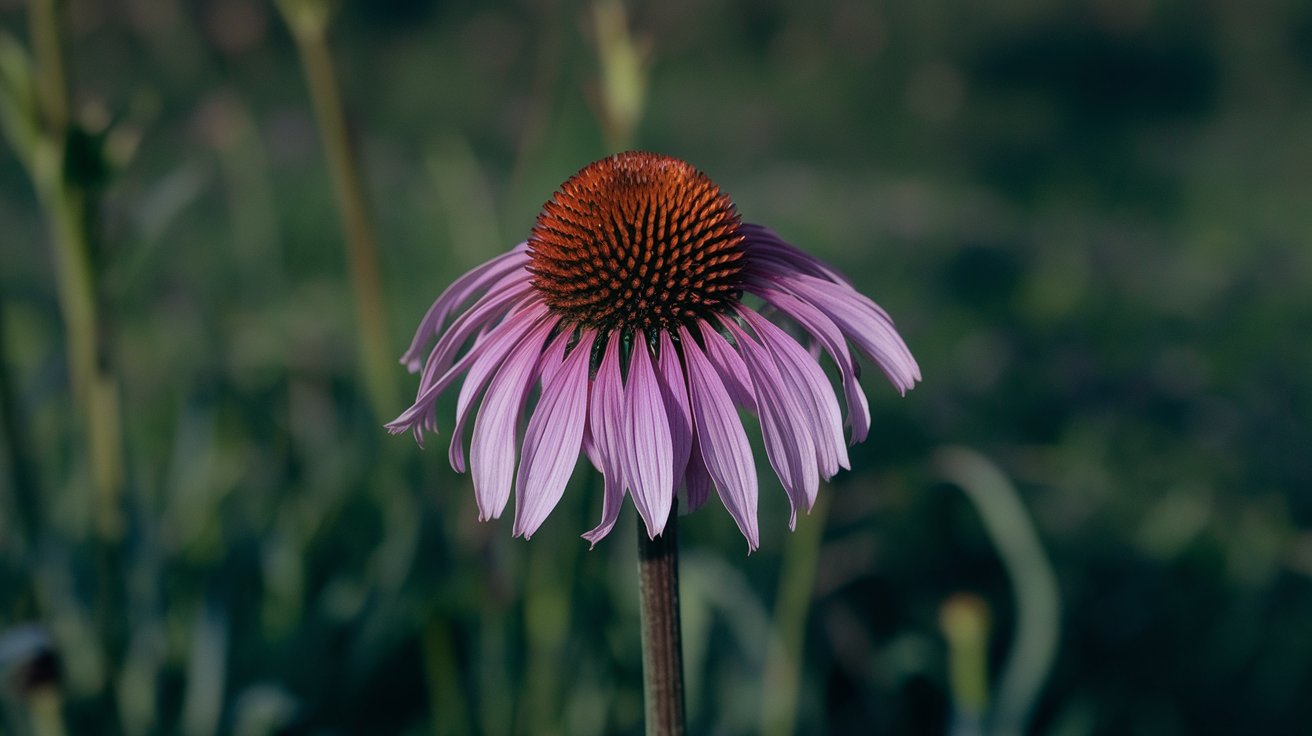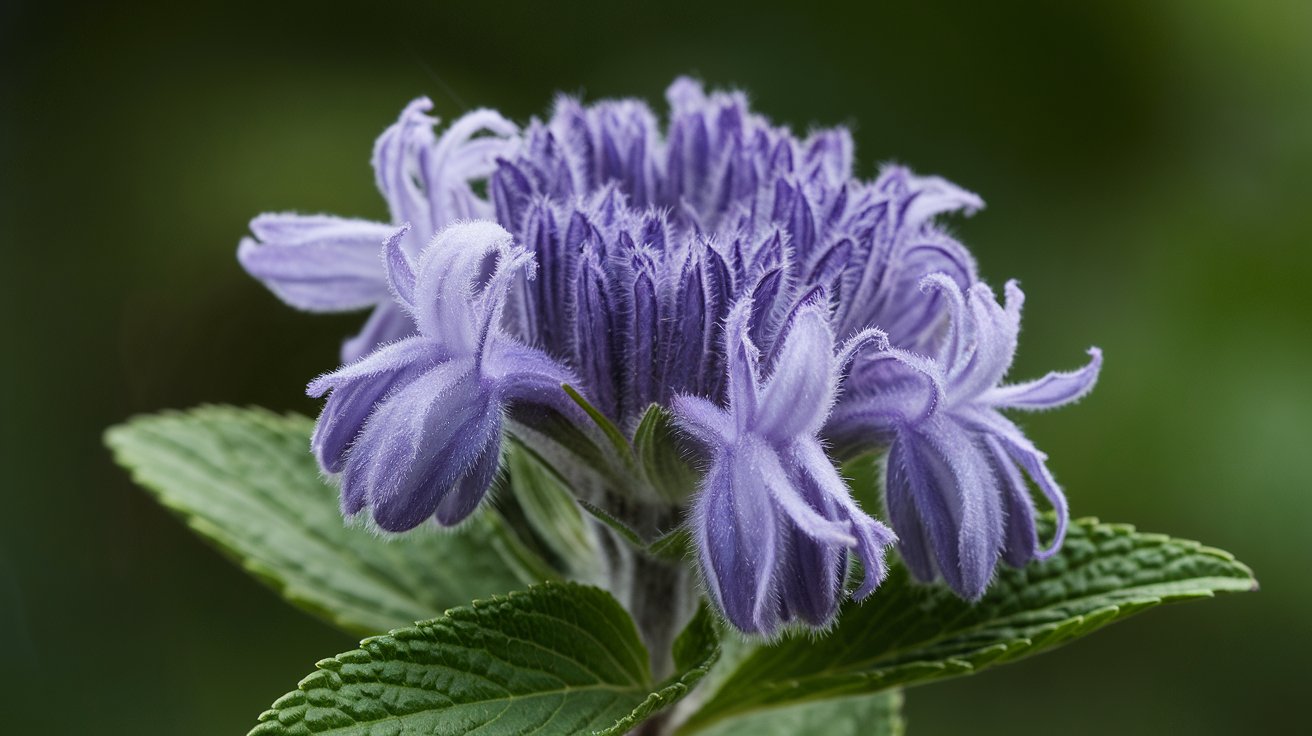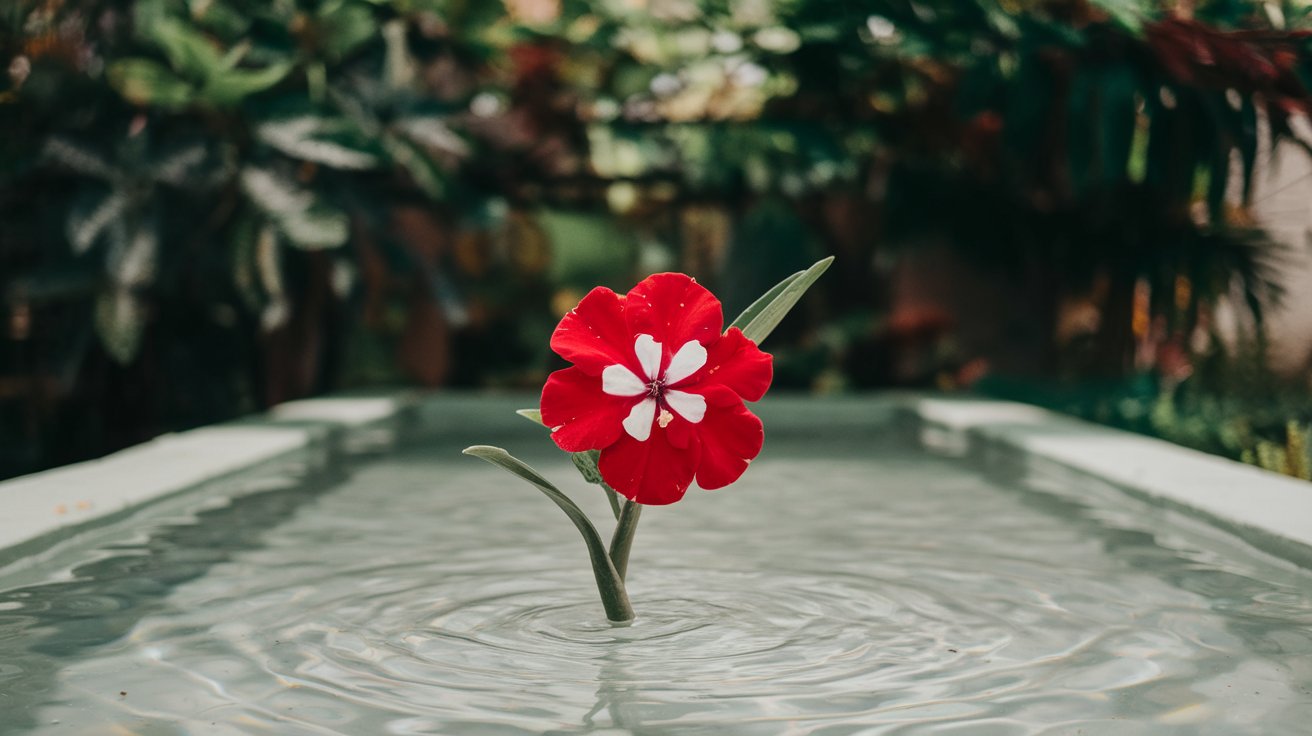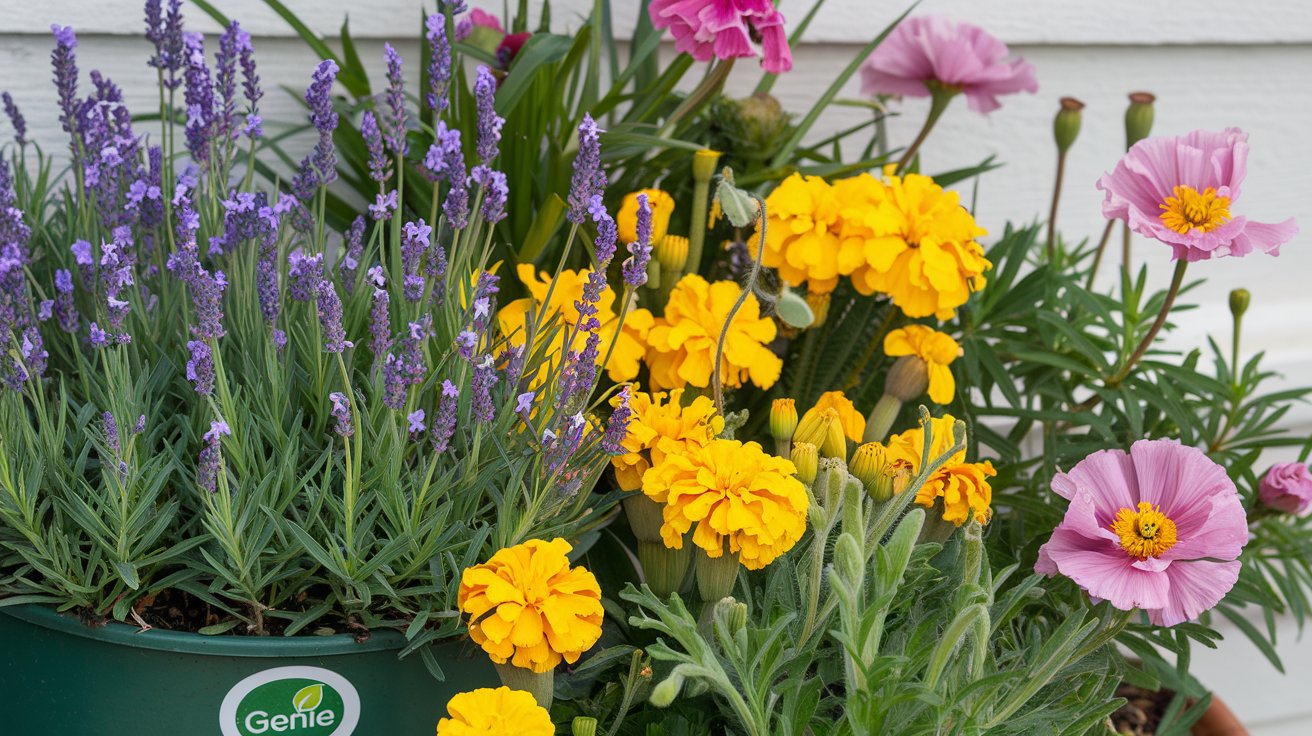Table of Contents
TogglePerennial Flowers That Attract Bees and Butterflies
Gardens filled with bees and butterflies provide more than simple beauty; they are essential for sustaining local ecosystems. Planting perennial flowers that attract these pollinators means your garden will flourish year after year with minimal effort, while also providing vital support to pollinators important for food growth and biodiversity. Read on to discover some of the best perennial flowers for attracting bees and butterflies, as well as tips for creating a garden that appeals to them.
Why Plant Perennials for Bees and Butterflies?
The greatest advantage of perennials is that they reliably return each season, meaning there’s no need to replant each year. Most perennial flowers produce nectar-filled blooms, which offer attractive colors, enticing scents, and are irresistible to bees and butterflies. Additionally, perennial gardens help stabilize soil, require less water, and reduce the need for regular upkeep.
Best Perennial Flowers to Attract Bees and Butterflies
Perennial Flowers That Attract Bees and Butterflies///Here are some stunning, low-care perennials that can add charm to your garden and create a sanctuary for bees and butterflies:
1. Coneflower (Echinacea)
Coneflowers are a staple in pollinator gardens thanks to their vibrant pink and purple hues, large daisy-like blooms, and central cone. They blossom from midsummer to fall and are hardy enough to withstand drought and poor soil, making them easy to maintain in most gardens.
- Appeal Factor: Coneflowers provide a flat, accessible surface for butterflies and bees to feed on.
- Planting Guide: Grow in full sunlight with well-draining soil. These flowers thrive in USDA hardiness zones 3 to 9.
2. Milkweed (Asclepias)
Milkweed is crucial for monarch butterflies, as it’s the only plant they use for laying their eggs. It also has nectar-filled flowers that attract bees, and its pleasant fragrance makes it a favorite among gardeners.
- Appeal Factor: Supports monarch butterflies through all life stages and supplies nectar for bees.
- Planting Guide: Position in full sunlight with moderately moist soil. Butterfly weed (Asclepias tuberosa), a common variety, grows well in zones 4 to 9.
3. Bee Balm (Monarda)
Bee balm showcases tubular blossoms in bright shades of red, pink, purple, and white. This flower is highly attractive to hummingbirds, bees, and butterflies, and its fragrant blooms have been popular for generations as an easy-to-grow choice for pollinator gardens.//||Perennial Flowers That Attract Bees and Butterflies||//
- Appeal Factor: Its tubular flower shape is ideal for long-tongued pollinators like butterflies and bees.
- Planting Guide: Prefers moist soil and partial to full sun. Suitable for zones 4 to 9; be mindful that it can spread.\\Perennial Flowers That Attract Bees and Butterflies
4. Lavender (Lavandula)
Lavender’s pleasant fragrance and purple blooms attract honeybees and butterflies, while also acting as a natural deterrent for pests.
- Appeal Factor: The scent and nectar make lavender irresistible to bees and butterflies.
- Planting Guide: Place in well-drained soil with full sun. Lavender thrives in USDA zones 5–9 and tolerates dry conditions.
5. Black-Eyed Susan (Rudbeckia)
The black-eyed Susan is a favorite in pollinator gardens, with its sunny-yellow petals and dark center. These drought-tolerant flowers bloom all summer long, providing a consistent food source.
- Appeal Factor: Bright, open blooms are a magnet for various butterflies and bees.
- Planting Guide: Best planted in full sun; suitable for zones 3 to 9.
6. Salvia (Salvia nemorosa)
Salvia, with its colorful spires of blue, purple, pink, or white flowers, adds vertical interest to gardens and is very attractive to both bees and butterflies.
- Appeal Factor: The tubular blooms are well-suited for pollinators with long tongues, like bees and butterflies.
- Planting Guide: Grows best in full sun with well-drained soil. Thrives in zones 4 to 9.
7. Yarrow (Achillea millefolium)
Yarrow offers clusters of tiny flowers in colors ranging from white and yellow to pink and red. Its extended bloom period from early summer to late fall makes it a valuable nectar source.Perennial Flowers That Attract Bees and Butterflies
- Appeal Factor: Its flat flower clusters provide an ideal landing area for butterflies.||||||Perennial Flowers That Attract Bees and Butterflies
- Planting Guide: Requires full sun and well-drained soil. Hardy in USDA zones 3–9 and tolerates drought well.
8. Russian Sage (Perovskia atriplicifolia)
Russian sage’s lavender-blue flower spikes are known to attract pollinators, while its aromatic leaves deter pests.
- Appeal Factor: Bright color and fragrance attract bees, especially in midsummer.
- Planting Guide: Prefers full sun and well-draining soil, similar to lavender. Grows well in zones 4 to 9.
9. Catmint (Nepeta)
This purple-blue flower blooms continuously from late spring to early fall and is highly appealing to bees and butterflies.
- Appeal Factor: Long bloom time provides reliable nectar throughout the season.
- Planting Guide: Best in full to partial sun with well-drained soil. Suitable for zones 3 to 8.
10. Goldenrod (Solidago)
Goldenrod produces bright yellow flower clusters that bloom in late summer and early fall, providing crucial nectar for native bees and migrating monarchs.||//\|Perennial Flowers That Attract Bees and Butterflies
- Appeal Factor: Late blooms attract pollinators when other flowers start to fade.
- Planting Guide: Prefers full sun and well-drained soil. Grows best in zones 3 to 9.
Creating a Pollinator-Friendly Garden
Selecting the right perennials is the first step in attracting bees and butterflies. Here are some additional tips to make your garden even more inviting to pollinators:
1. Plant in Clusters
Group flowers together rather than in single rows. This arrangement makes it easier for pollinators to locate the blooms, saving them energy and enhancing your garden’s attractiveness.Perennial Flowers That Attract Bees and Butterflies
2. Stagger Bloom Times
Choose perennials that flower at different times of the year to provide a continuous nectar supply. This ensures food for bees and butterflies from early spring through late fall.
3. Create a Safe Habitat
Leave portions of your garden undisturbed to allow pollinators to nest and shelter. Ground-dwelling bees, for example, may need areas with less mulch…////Perennial Flowers That Attract Bees and Butterflies
4. Reduce Pesticide Use
Opt for organic or natural pest control methods instead of chemical pesticides, which can be harmful to pollinators.
5. Add a Water Source
Pollinators need water, too! Provide a shallow dish with small stones for safe access to water, allowing bees and butterflies to perch while drinking.Perennial Flowers That Attract Bees and Butterflies
Final Thoughts on Perennial Flowers for Pollinators
By selecting perennial flowers that attract bees and butterflies, you’re not only enhancing the beauty of your garden but also supporting essential pollinators. These resilient, low-maintenance plants bring enduring beauty, create a thriving garden ecosystem, and ensure your outdoor space supports local wildlife.
With thoughtful planning and care, you’ll cultivate a vibrant sanctuary that benefits both your outdoor environment and the pollinators who call it home. Enjoy your beautiful, pollinator-friendly garden!
